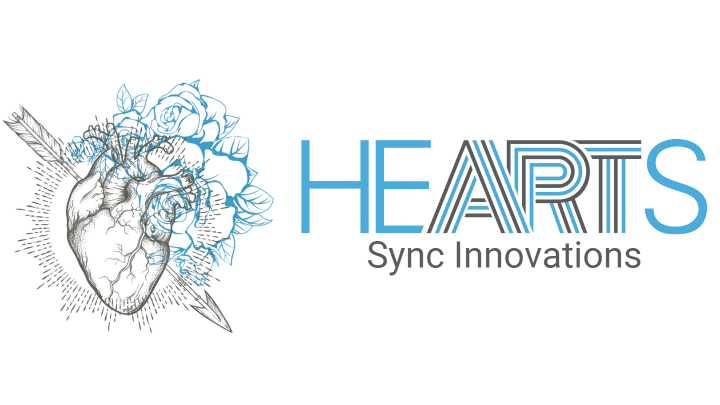“The bamboo bends in the storm, but does not break.” This East Asian wisdom describes resilience better than any textbook. On the path out of addiction, this means: Do not rigidly fight against each trigger, but remain flexible, absorb stress, and bounce back purposefully. Many believe that abstinence is pure willpower. In fact, it is a training of the nervous system – precise, repeatable, measurable.
Resilience is the ability to quickly return to a functional state after stressors. In addiction therapy, it is about unlearning automatic reactions to stress, cravings, and negative moods. Three terms help with orientation: Impulsivitytendency to act quickly and without consideration drives impulsive reactions. Cravingintrusive desire for the substance often couples with stress and negative mood. Mindfulnessnon-judgmental attention to the present moment creates a buffer between stimulus and reaction. Resilience is not “thought,” it is trained: through targeted attention practice, physical activity, and structured aftercare that lowers neurobiological arousal and strengthens functionality in daily life.
Those who strengthen resilience reduce the two main drivers of relapses measurably: stress reactivity and impulsivity. Brief breathing focus exercises can mitigate the impact of acute noise stress on mood and alcohol-related craving behavior – even after just a few minutes of training, as shown in experimental studies [1]. Mindfulness-based relapse prevention reduces impulsivity and relapse rates among opioid users in clinical settings, improving daily control and diffusing high-risk situations [2] [3]. Concurrently, physical training stabilizes mood, reduces stress, and enhances quality of life – factors that indirectly but substantially reduce relapse risks [4]. An often-overlooked hurdle is the time after acute treatment: In the absence of structured, long-term aftercare, individuals fall into gaps in care with less access to recovery services – a setting that is demonstrably associated with issues in pain management, MOUD utilization, and higher risks of substance use [5]. The insight: Resilience is less a character trait than an infrastructure – mental tools, physical routines, and reliable aftercare systems.
Several strands of research present a consistent picture. In an experimental study design with student drinkers, a six-minute breathing count meditation was sufficient to stabilize mood against noise stress and accelerate recovery from stress-induced alcohol-related approach behavior. The intervention dampened the chain of stress → negative affect → addiction-related approach; however, the effect was attenuated in cases of higher dependence, indicating dosage and intensity issues of the intervention [1]. Clinically, a randomized study involving methadone-supported opioid users shows that mindfulness-based relapse prevention in group settings significantly reduces impulsivity and improves relapse rates compared to conventional treatment. The practical relevance: better impulse control in daily life, fewer automatic reactions in trigger situations, and more leeway for action [2]. These results correspond with evidence-based reports that MBRP specifically addresses craving and negative affect and modulates neural systems involved in relapses; thereby, substance use remains flat or does not increase even under stress [3]. Additionally, a systematic review of exercise interventions for substance use disorders indicates moderate improvements in stress and depression as well as enhanced quality of life – a psychophysiological foundation that helps prevent relapses, even if effects on craving were not significant in all studies [4]. In contrast, the reality of care shows: Mixed-methods analyses demonstrate that transfers to care facilities after hospital discharges often coincide with restricted access to addiction treatment and recovery services – a structural risk factor that undermines resilience and necessitates consistent aftercare [5].
- 6-Minute Breathing Count as an Acute Tool: Count breaths to ten for six minutes once a day, starting anew calmly if distracted. Use consciously during stress moments (before or after meetings, after arguments). Goal: stabilize mood and accelerate recovery from stress-driven cravings [1].
- MBRP in the Calendar: Schedule an 8–12 week mindfulness-based relapse prevention program (group setting possible). Focus on trigger and body awareness, acceptance of unpleasant states, and cognitive relapse strategies. Evidence: reduced impulsivity, fewer relapses, more robust reactions to negative affect [2] [3].
- Training Protocol “3×30+1”: Three sessions per week of 30 minutes of moderate endurance training (e.g., brisk walking, cycling) plus a short strength session (full body, 20–25 minutes). Goal: reduce stress and elevate mood; quality of life increases, providing a key buffer against relapses [4].
- Stress-to-Action Ritual: When internal pressure rises, immediately start the sequence: count 10 breaths → 1 minute of slow walking → brief body scan (relax jaw, shoulders, abdomen). This 3-minute routine interrupts automatic reactions and shifts attention to control instead of consumption [1].
- Secure Aftercare: Before discharge, set binding aftercare appointments (MBRP, coaching, MOUD, support group) and confirm transportation/telehealth arrangements. Goal: close care gaps that would otherwise be associated with increased risk [5].
Research shows: Brief mindfulness practices, structured MBRP programs, and regular exercise form a resilient anti-relapse network. The next steps in science will clarify how dosage, intensity, and combinations of these measures – including digital aftercare – can enhance effects in higher dependence and close care gaps [1] [2] [3] [4] [5].
This health article was created with AI support and is intended to help people access current scientific health knowledge. It contributes to the democratization of science – however, it does not replace professional medical advice and may present individual details in a simplified or slightly inaccurate manner due to AI-generated content. HEARTPORT and its affiliates assume no liability for the accuracy, completeness, or applicability of the information provided.













